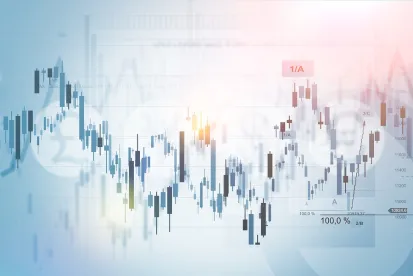Price gouging laws have become more relevant than ever, but a historical review reveals that price gouging laws may be a historically recent, and misguided development. It was not until 1979 that New York State enacted the nation’s first law explicitly targeted at price gouging.
In response to the heating oil shortages during the winter of 1978-1979, New York enacted the first state price gouging law. The law provided that “the inability of these persons [heating oil consumers] to pay for home heating oil will result in severe hardship, especially among the elderly and the very young, and could result in the loss of lives.” (New York Assembly Bill 25, 1979). Specifically, under the NY statute:
[d]uring any abnormal market disruption of the market for consumer foods and services vital and necessary for the health, safety and welfare of consumers, resulting from stress of weather, convulsion of nature, failure or shortage of electric power or other source of energy, strike, civil disorder, war, national or local emergency, or other cause, no merchant shall sell or offer to sell any such consumer goods or services for an amount which represents and unconscionably excessive price.
Then Attorney General Robert Abrams brought the first known legal action under New York’s price gouging statute in 1985 following Hurricane Gloria. AG Abrams “obtained $30,000 in refunds for Long Islanders who were overcharged for tree removal” following the storm. See Cale Wren Davis, An Analysis of the Enactment of Anti-Price Gouging Laws (Jan. 2008) (unpublished M.S. thesis; Montana State University) (hereinafter “Davis”). However, it was not until 1998 that the New York statute was amended and expanded to reach up into the supply chain, prohibiting “any party within the distribution chain of consumer goods from excessively hiking prices” during an emergency. (New York Senate Bill 2664, 1998). According to the bill’s Assembly sponsor, the amendment was “particularly important in light of the destruction caused by the ice storms and tornadoes, which recently plagued parts of upstate New York.” See David, supra at 36. According to a summary of the bill, the amendment was meant to protect consumers from the spikes in oil prices that followed from the invasion of Kuwait and the Exxon Valdez oil spill. Id. at 46.
During the 1980s, only three other states passed price gouging laws: Hawaii, Connecticut, and Mississippi. Ramping up in the 1990s, eleven states passed price gouging laws, including Florida and California. Florida’s price gouging law was passed following Hurricane Andrew in 1992. While California’s price gouging law was introduced in 1994 after the Los Angeles Department of Consumer Affairs received more than 1,400 complaints about price gouging following the Northridge earthquake. See David, supra at 58. The ten percent limitation was originally opposed by the California Department of Consumer Affairs, who argued for a less restrictive ceiling of fifty percent, but ultimately withdrew its fifty percent recommendation. Id. at 59. In response to the 2003 wildfires in California, hotels were added to California’s price gouging law in 2004. Id.
More recently, many states began to pass price gouging laws in response to the terrorist attacks on 9/11 and various hurricanes and natural disasters. Today, the majority of states have price gouging laws, including Colorado and Alaska, who introduced and passed legislation in response to the COVID-19 pandemic.
However, while price gouging laws may be intended to protect consumers in states of emergency, some economists argue that “[p]rice controls interfere with the ability of merchants and consumers to settle freely on the prices at which they will trade.” See Michael Giberson, The Problem With Price Gouging Laws: Is optimal pricing during an emergency unethical? CATO Inst. (2011). Arguably, price controls may also “reduce economic welfare: by limiting price increases in areas harmed by emergencies,” “discourage conservation of goods and services precisely when they are needed most” and “discourage extraordinary efforts to bring goods in high demand into the affected area.” Id.
A brief review of the history of price gouging laws demonstrates that most price gouging laws were passed following natural disasters. Only time will tell if the remaining states without price gouging laws follow in the footsteps of their fellow states, and too, pass price gouging laws in response to the current state of emergency.







 />i
/>i
